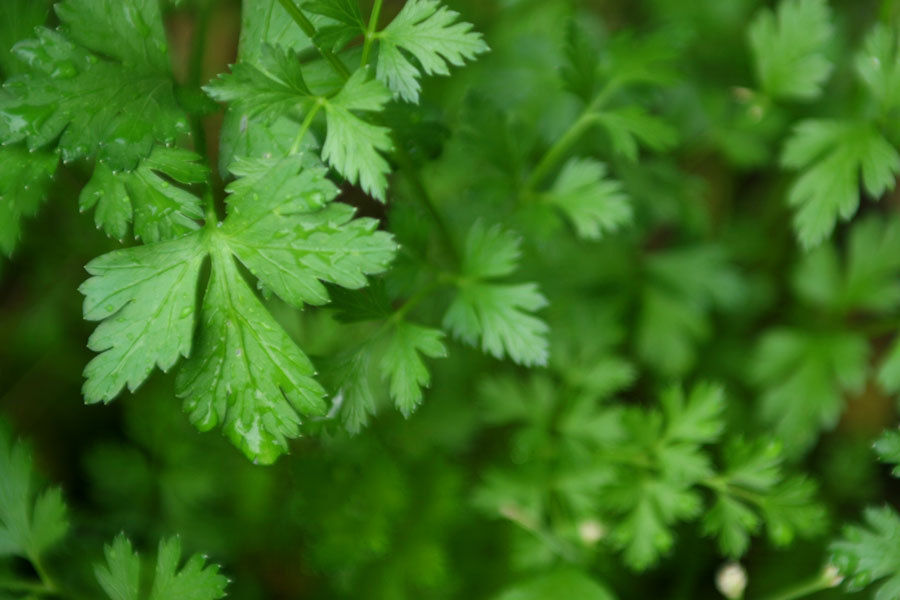Red, White and Blue (in your belly)
- melaniebsanders
- Jul 5, 2013
- 2 min read

Red, white and blue pigments show up in many different fruits and vegetables. What are they and how do they impact our bodies when we eat them?
Chlorophyll, Carotene, Lycopene, Anthoxanthin and Anthocyanins are a few of the pigments found in plants.
We call these chemical compounds phytochemicals and while there is still lots of research to be done, evidence shows they have a positive impact on human health.
In summary, phytochemicals act as antioxidants and neutralize free radicals that naturally occur in our bodies.
Free radicals are very reactive and can damage our body's proteins, lipids and DNA.
A build up of free radicals over time has been associated with age-realted disease including cancer, cardiovascular disease, asthma, neurological disorders, cataracts, arthritis, and Alzheimer's.
The key is to add whole, natural, plant foods to your diet that come in a range of colors. Studies done on phytochemical supplements do not show the same benefits as eating the actual plant.
In the spirit of America's Independence Day, pick up a red, white or blue fruit or vegetable today. Here's what you will be doing for you body:
Red
Anthocyanins - type of flavonoid pigment; associated with a lower risk of certain cancers, cardiovascular disease, asthma, memory function, and healthy aging
Betalains - type of flavonoid pigment; see above
Lycopene - type of carotenoid pigment; associated with reduced risk of certain cancers, cardiovascular disease and age-related eye diseases
Carotene - type of carotenoid pigment; see above
Phenolic Acid - similar benefits of flavonoids
White
Organosulfur compounds - may protect against a wide variety of cancers
Anthoxanthin - type of flavonoid pigment; see above
Blue
Anthocyanins - type of flavonoid pigment; see above
Resources
Brown, Amy. Understanding Food: Principles and Preparation. 4th edition. 2010.
Thompson, J., Manore, M, and Vaughn, L., The Science of Nutrition, 2nd edition, Benjamin Cummings, 2011


























Comments